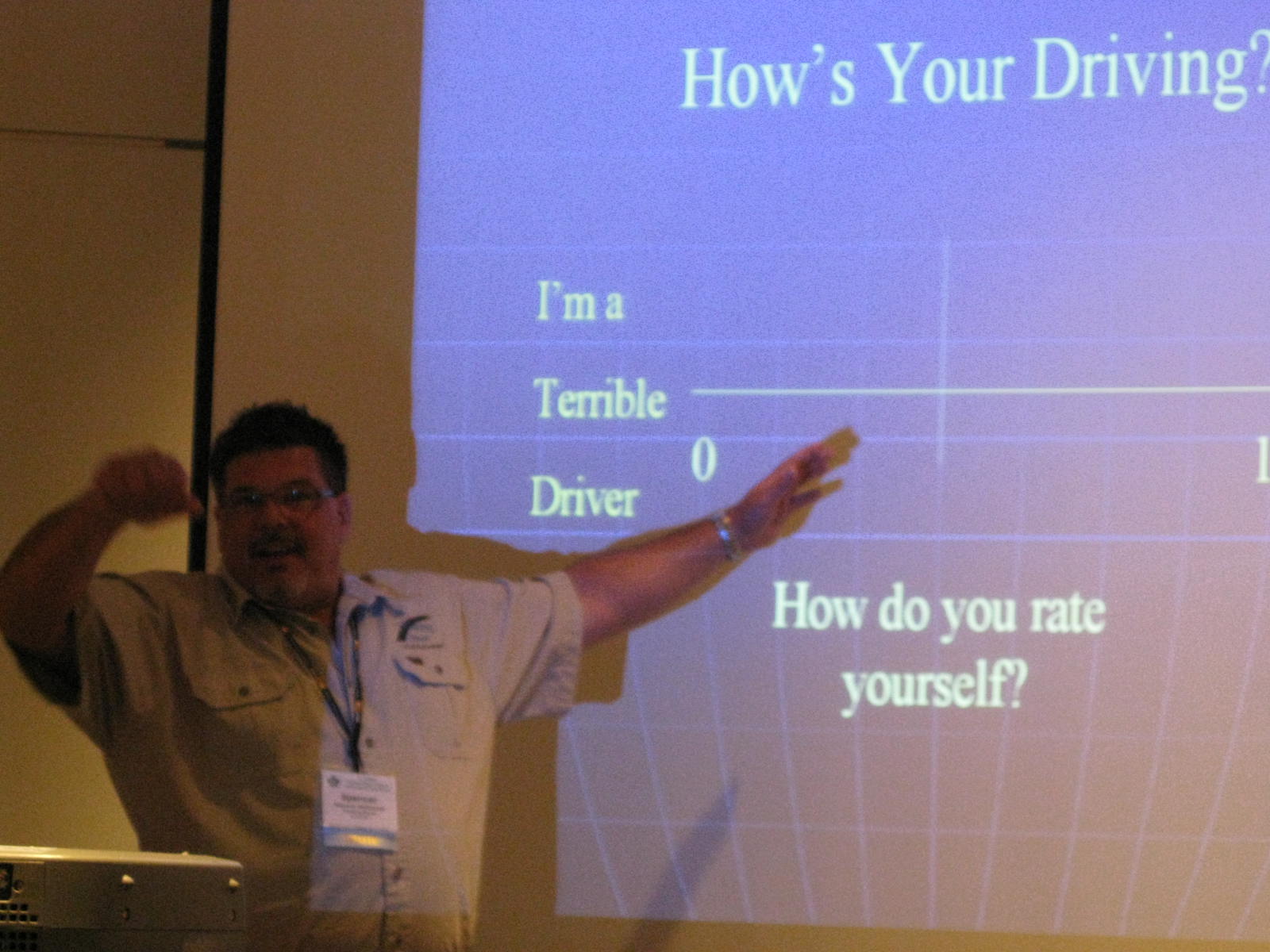Promoting driver safety to your employees will take more
than just teaching them the rules of the road — it also involves changing
attitudes and behaviours. This according to a safe driving expert who presented
at a session at the Canadian Society of Safety Engineers’ annual conference
held in Quebec City last September.

Spencer McDonald, president of Thinking Driver, a firm that provides driver safety training for government and businesses, tells an audience of safety professionals that a huge part of what needs to change is the attitude among most drivers that they are “pretty good drivers.”
“Majority believe that they drive better than the average,” McDonald says, noting that in many of the defensive driving courses he conducts in various organizations attendance is typically low. “We think our driving is so great, so someone else must be the problem.”
Much of the change that needs to happen in order to establish a safety conscious corporate driving culture is in the behavioural level. Drivers who believe they do an above average job behind the wheel typically justify an unsafe driving behaviour by attributing blame to either another driver or a particular situation.
“We believe we’re better than everybody else … so our standard of good driving is ourselves,” says McDonald.
[Watch the video]

Spencer McDonald, president of Thinking Driver, a firm that provides driver safety training for government and businesses, tells an audience of safety professionals that a huge part of what needs to change is the attitude among most drivers that they are “pretty good drivers.”
“Majority believe that they drive better than the average,” McDonald says, noting that in many of the defensive driving courses he conducts in various organizations attendance is typically low. “We think our driving is so great, so someone else must be the problem.”
Much of the change that needs to happen in order to establish a safety conscious corporate driving culture is in the behavioural level. Drivers who believe they do an above average job behind the wheel typically justify an unsafe driving behaviour by attributing blame to either another driver or a particular situation.
“We believe we’re better than everybody else … so our standard of good driving is ourselves,” says McDonald.
[Watch the video]





